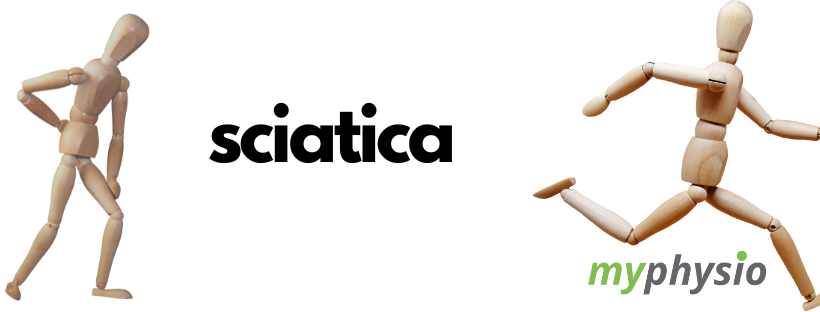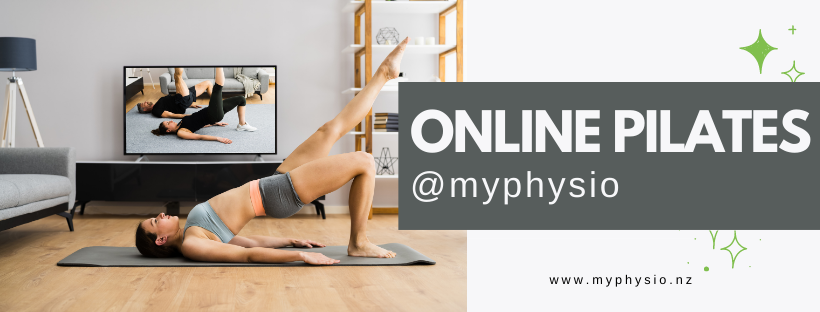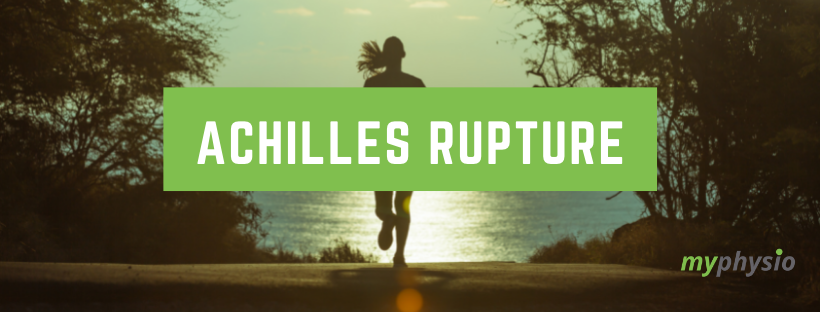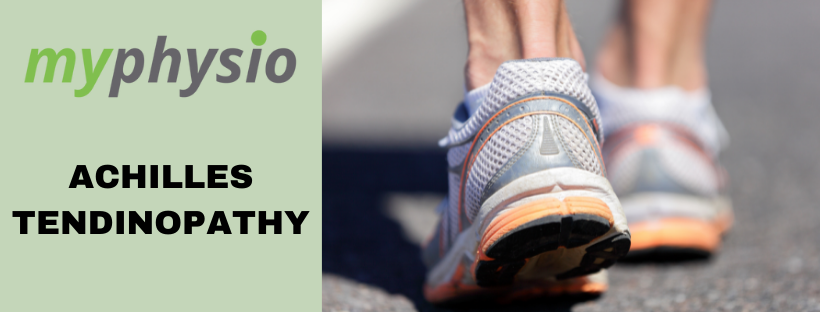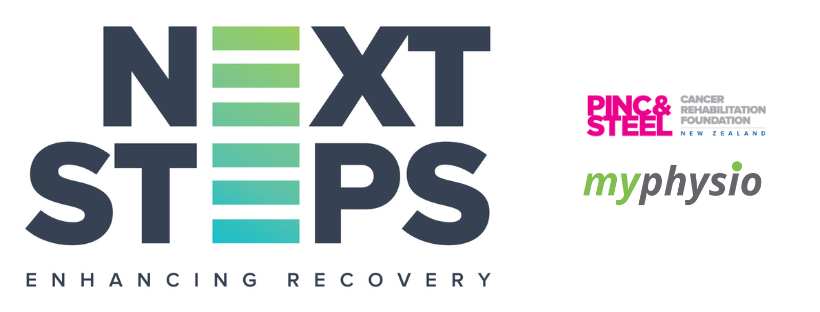
Did you know as part of our Cancer Rehabilitation services, we offer Next Steps?
NEXT STEPS is a group exercise program for men and women who have finished their main cancer treatment and want to take the next steps on their road to recovery.
The Program combines the best pilates, yoga and cardiovascular exercises for a workout that is specifically designed to help rebuild strength, flexibility and stamina.
The Program runs for one hour per week for ten weeks and is specifically designed to help people affected by cancer. It is suitable after any type of cancer surgery or treatment and accommodates all ages, fitness levels and mobility. Weekly take-home resources and exercise handouts are included.
What the programme will do for you?
- Improved strength and mobility
- Increase energy levels
- Strengthen core muscles and improve posture
- Reclaim body confidence and control
- Reduce treatment related side effects
- Improve stamina and fitness
- Improve breathing and reduce stress
- Help you integrate regular exercise into your life
- Allow you to laugh, relax and have fun
- Connect with other people on a similar journey to you
In South Canterbury,
Continue Reading
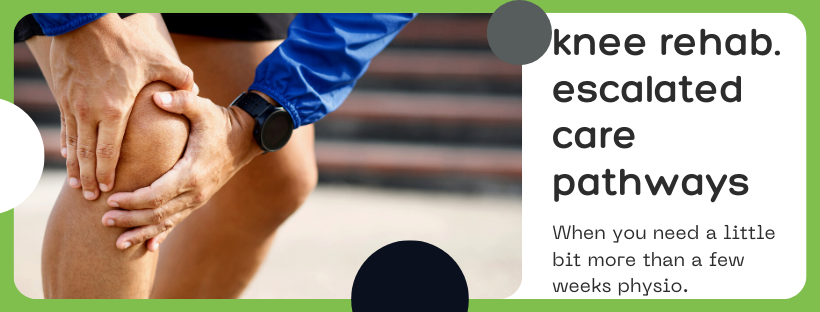
Over the last few years MyPhysio has been partnered with initially Motus and now RESS to provide a pilot service for ACC, and now an embedded service which is soon to be a more common practice for ACC and will be called Integrated Care Pathways. This will not be just for knees but we have been working on the knee contract.
Knee injuries and conditions are prevalent and can significantly impact an individual's mobility, independence, and overall quality of life. By delving into the intricacies of the RESS model, this blog aims to shed light on a highly effective and patient-centered approach to knee rehab, rooted in the ACC's funded Integrated Care Pathway model.
Initial Assessment. The importance of a thorough initial assessment in knee rehabilitation cannot be overstated. Our physios meticulously gather comprehensive information about the patient's knee injury or condition, medical history, lifestyle, and overall health status. By doing so, they can gain a deeper understanding of the patient's specific needs and challenges, enabling them to tailor the rehabilitation process to address individual concerns and optimize outcomes.
This holistic assessment approach takes into account the patient's overall health and lifestyle factors that may influence recovery, such as age, fitness level, previous injuries, and personal goals. Understanding these factors helps in setting realistic expectations and crafting a customized treatment plan that considers the patient's limitations and potential.
Continue Reading
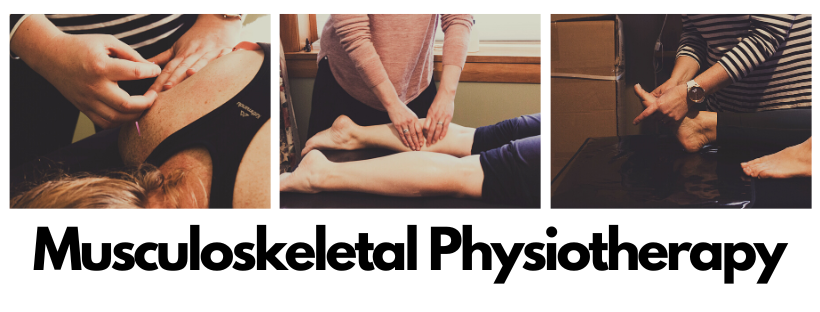
One of our main areas of practice within Physiotherapy, is Musculoskeletal physiotherapy. This is a field of physiotherapy that deals with the diagnosis, treatment, and management of musculoskeletal conditions. These conditions affect the muscles, bones, joints, tendons, and ligaments of the body, and can lead to pain, discomfort, and reduced mobility.
The goal of musculoskeletal physiotherapy is to help individuals regain their full range of motion and improve their overall physical function. This can be achieved through a variety of techniques and interventions, including exercise therapy, manual therapy, and patient education.
Exercise therapy is a cornerstone of musculoskeletal physiotherapy. It involves the use of specific exercises and movements to help improve strength, flexibility, and endurance in affected areas of the body. Exercise therapy can also help to reduce pain, prevent further injury, and improve overall physical function. A physiotherapist will typically design an individualized exercise program based on the specific needs and abilities of the patient.
Manual therapy is another important aspect of musculoskeletal physiotherapy. This type of therapy involves hands-on techniques, such as massage, joint mobilization, and manipulation, to help improve joint mobility, reduce pain, and restore normal movement patterns. Manual therapy is often used in conjunction with exercise therapy to maximize the benefits of both approaches.
Continue Reading
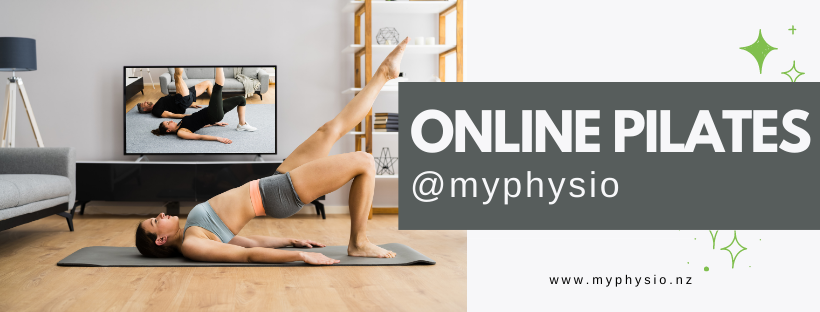
Hey there! Have you heard about our online Pilates classes?
Pilates has become increasingly popular in recent years. It's a really great way to get fit, improve your flexibility, and strengthen your core muscles, all from the comfort of your own home! There are so many benefits to practicing Pilates online, and I'm here to tell you all about them and provide some tips for getting started.
First of all, practicing Pilates online is super convenient! You can do it anytime, anywhere, without having to leave your house. Whether you're a busy parent, a student, or someone with a packed schedule, Pilates online is a great way to fit exercise into your day.
Another awesome thing about Pilates online is the variety. There are so many different classes and instructors to choose from. Whether you prefer mat-based Pilates or equipment-based Pilates, or if you're a beginner or an experienced practitioner, there's a class out there for you! Plus, it's often more affordable than in-person classes, so you can save some cash while getting fit. At myphysio we offer a range of instructors, a range of length and types of classes, for just $40 per term this makes great value. AND… if you do one of our in-person classes, you will have access to the online classes also!
Continue Reading
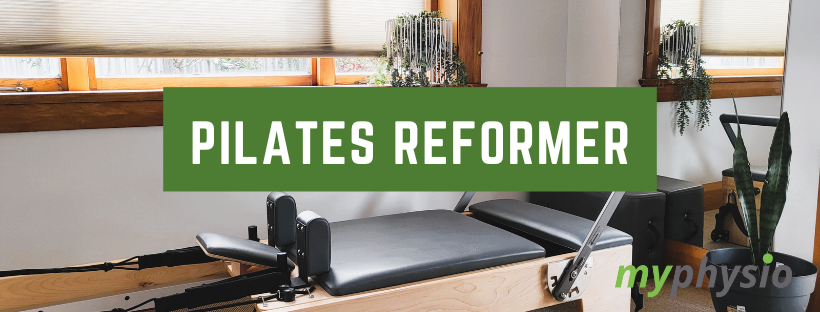
There is no Pilates equipment more famous than the reformer — for good reasons.
The reformer makes a dramatic impression when you first see it, and an even more dramatic change on your body when you use it.
What Is a Pilates Reformer?
The reformer was invented by Pilates founder Joseph Pilates. It is a bed-like frame with a flat platform on it, called the carriage, which rolls back and forth on wheels within the frame. The carriage is attached to one end of the reformer by a set of springs.
Springs provide choices of differing levels of resistance as the carriage is pushed or pulled along the frame.
The carriage has shoulder blocks on it that keep users from sliding off the end of the reformer as they push or pull the carriage.
A the spring end of the reformer, there is an adjustable bar called a footbar. The footbar can be used by the feet or hands as a user moves the carriage. The reformer also has long straps with handles on them that are attached to the top end of the frame.
They can be pulled with legs or arms to move the carriage as well. Body weight and resistance of the springs are what make the carriage more or less difficult to move.
How a Reformer Is Used?
Continue Reading






